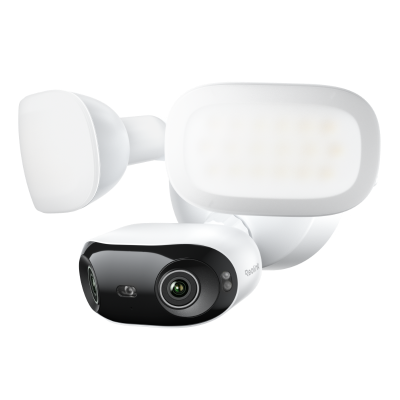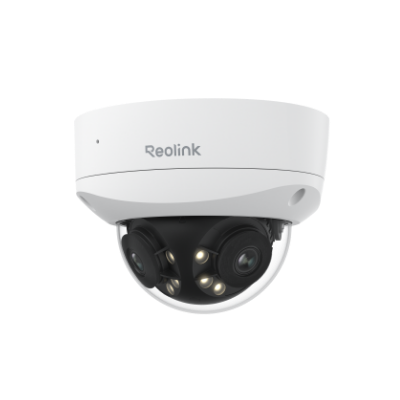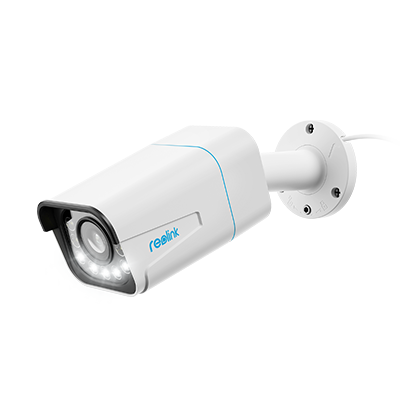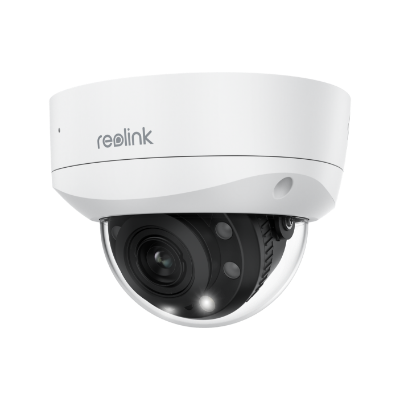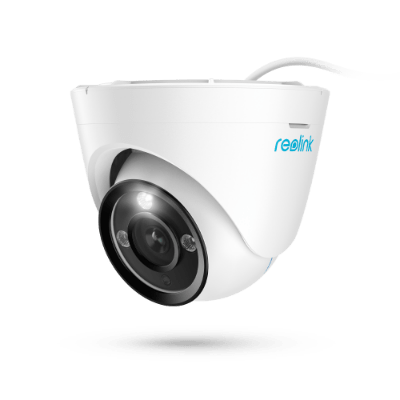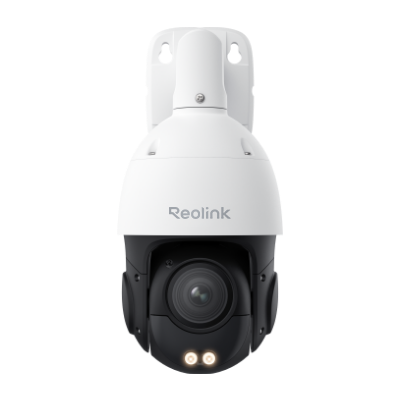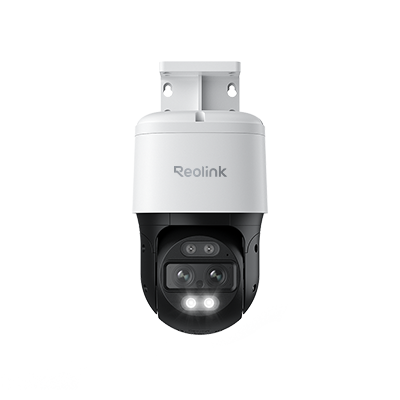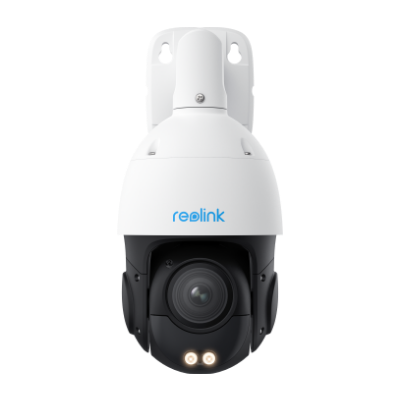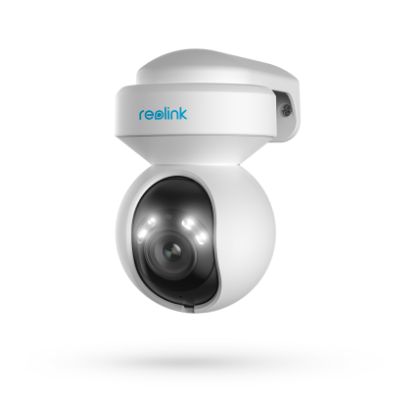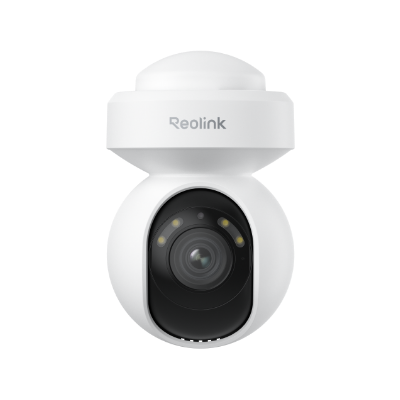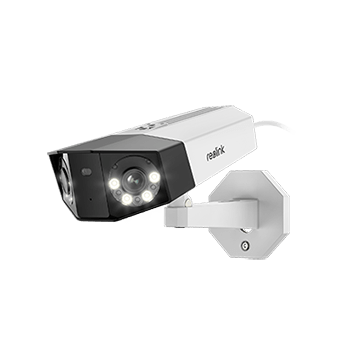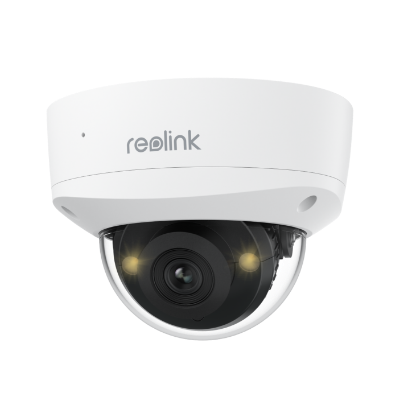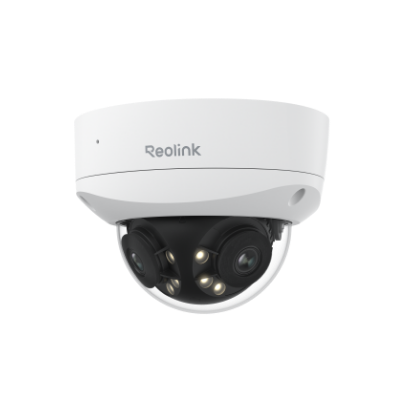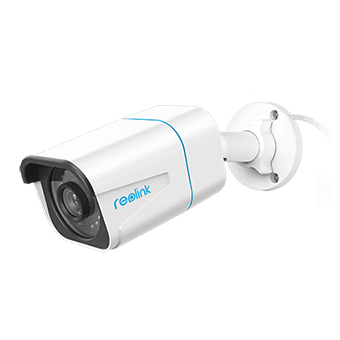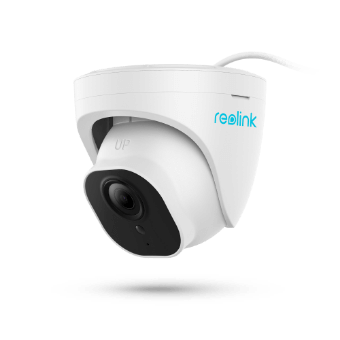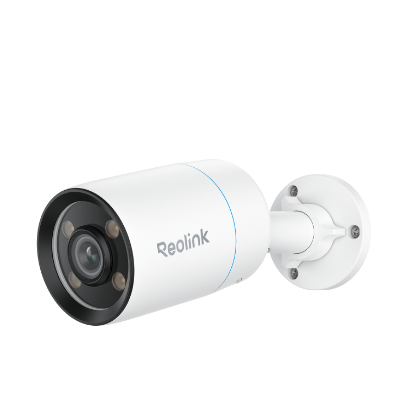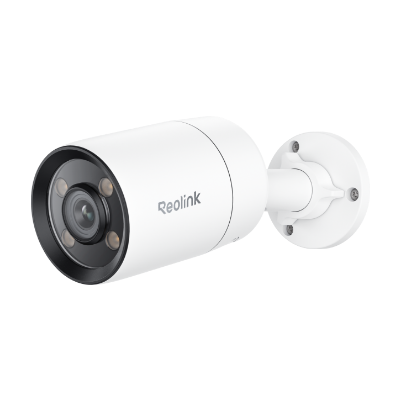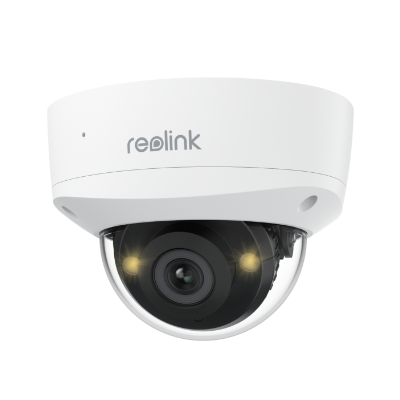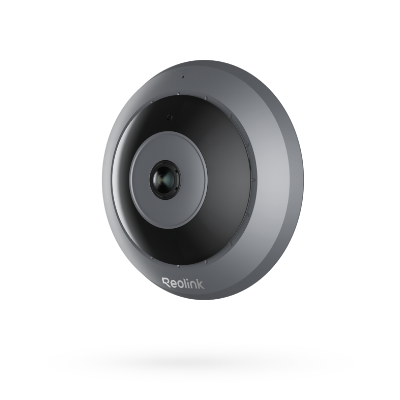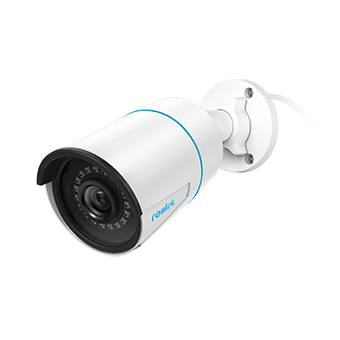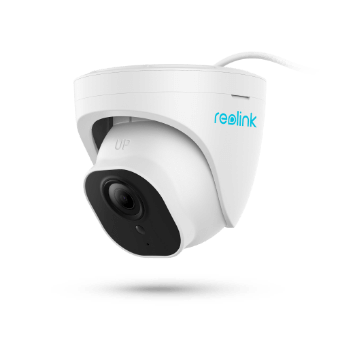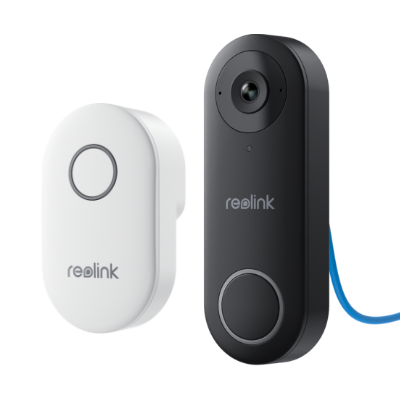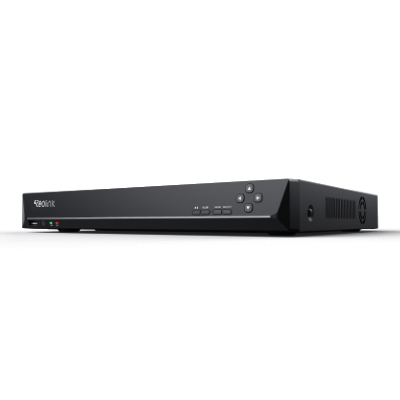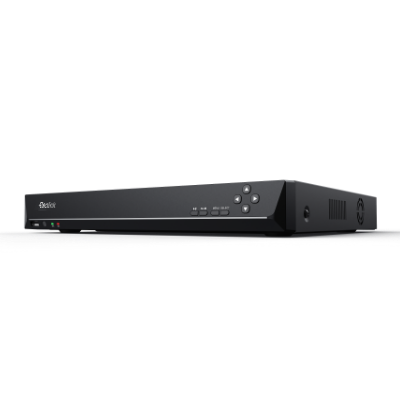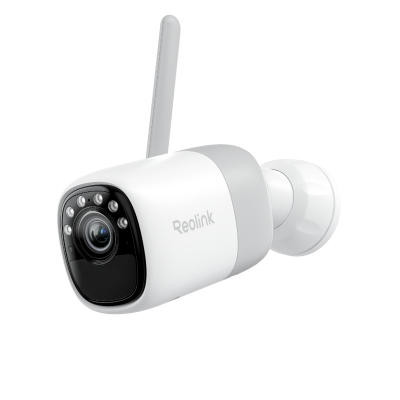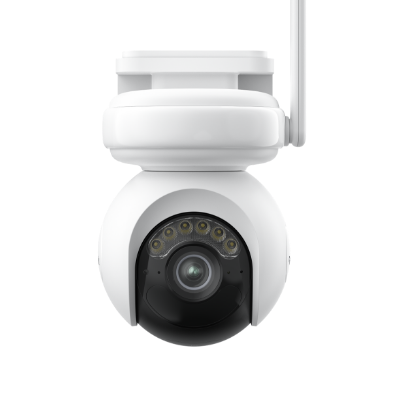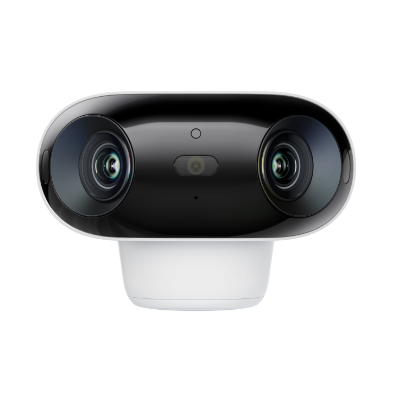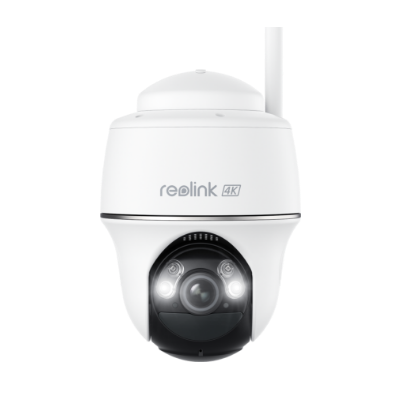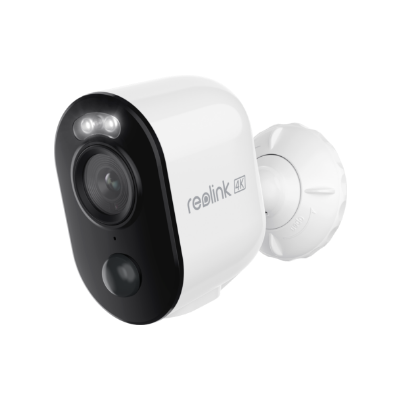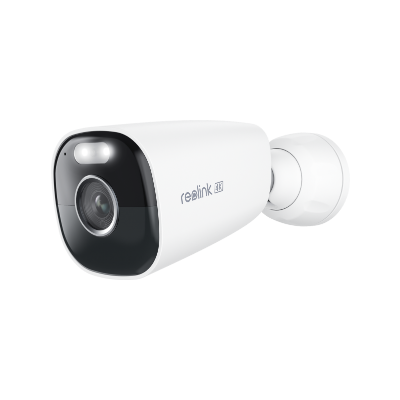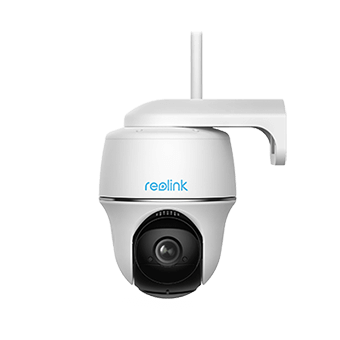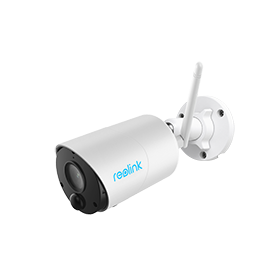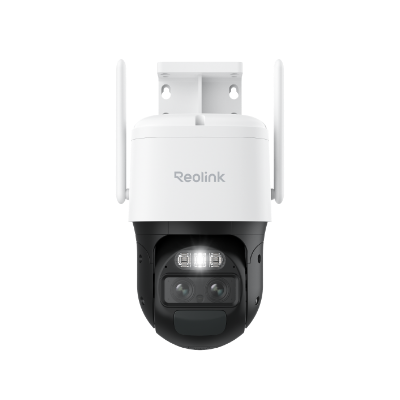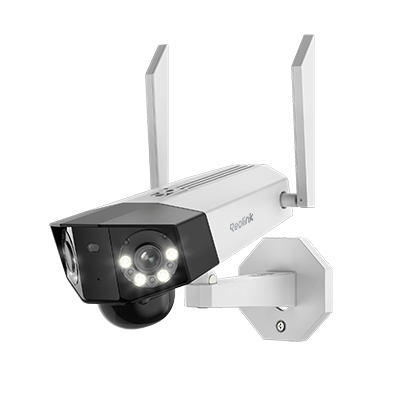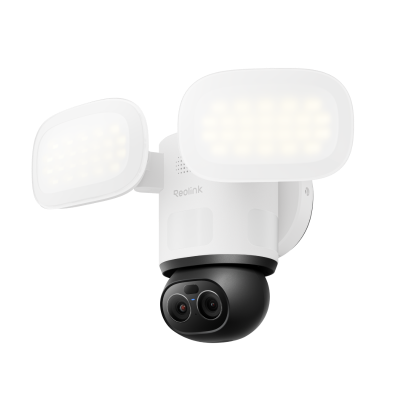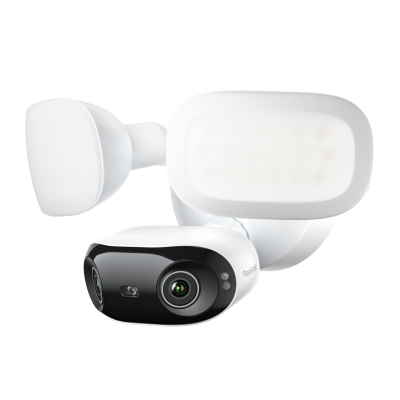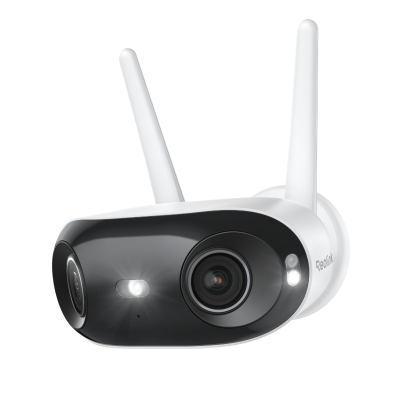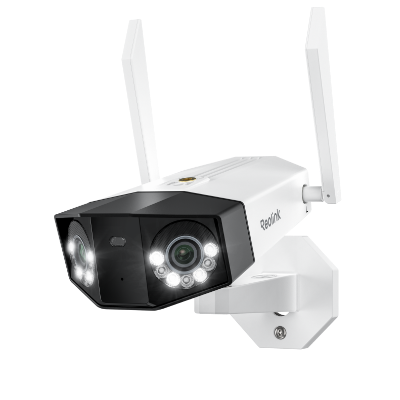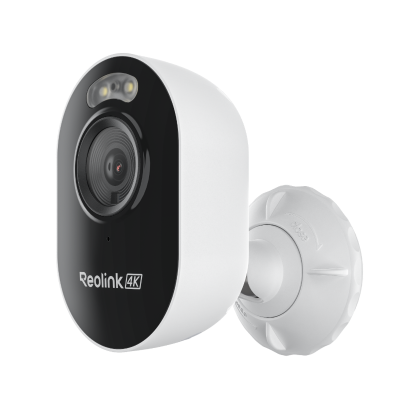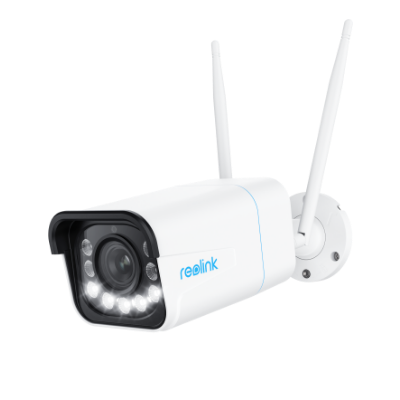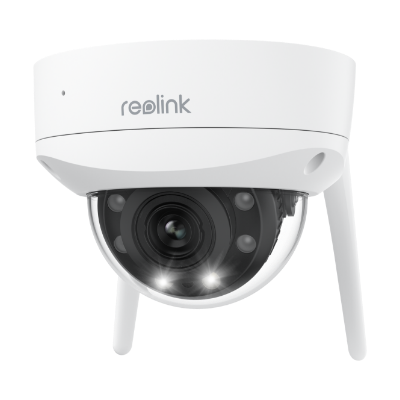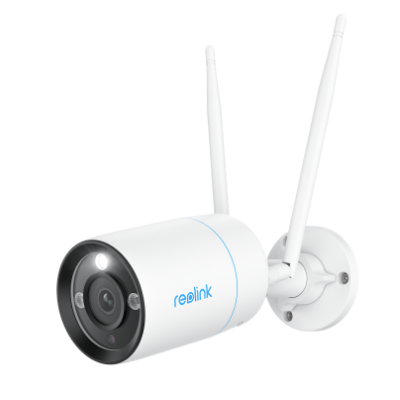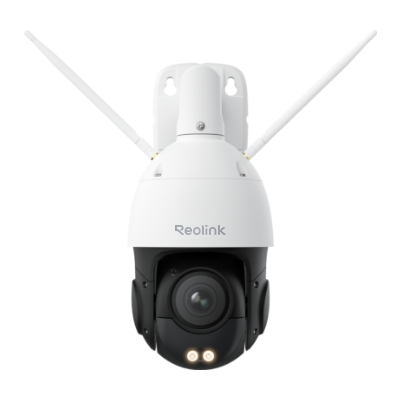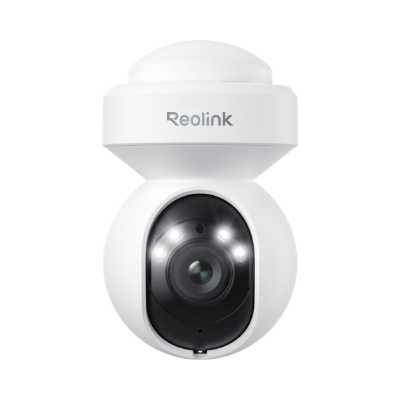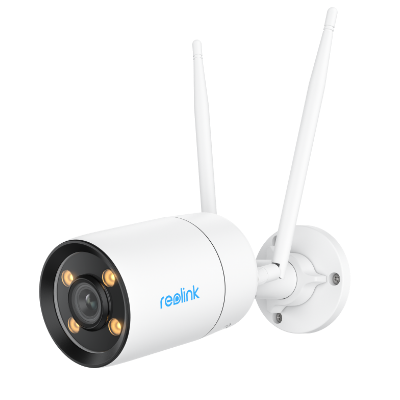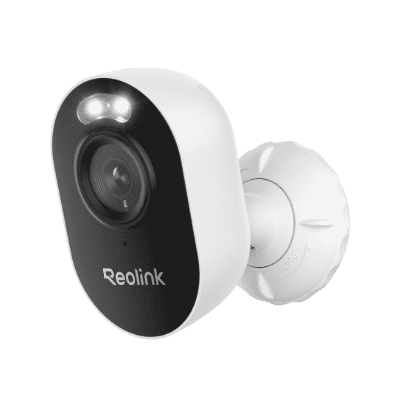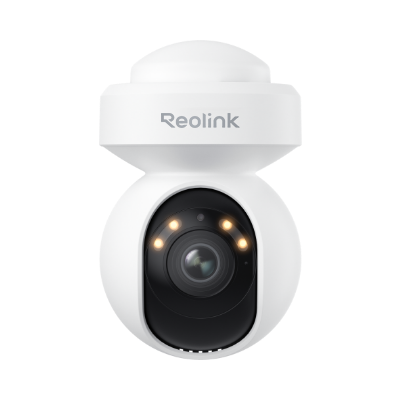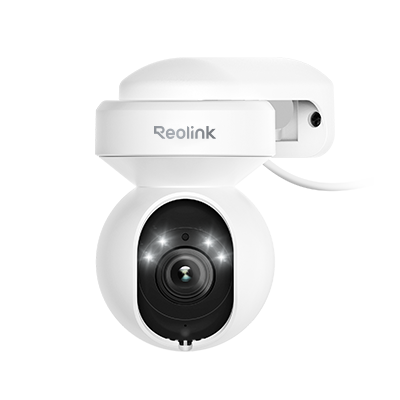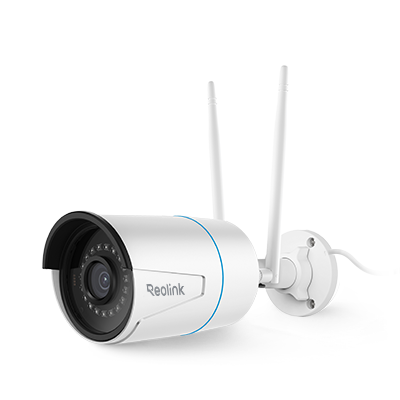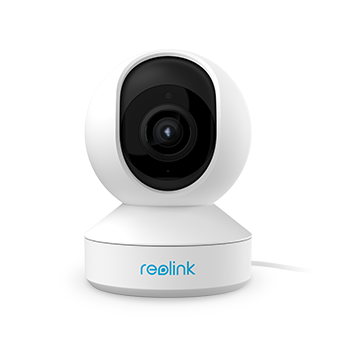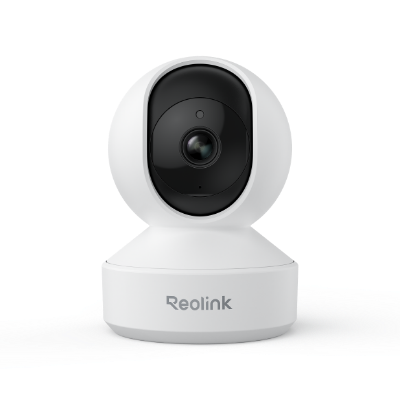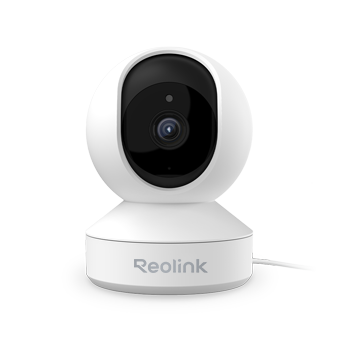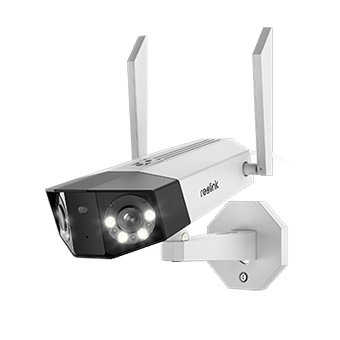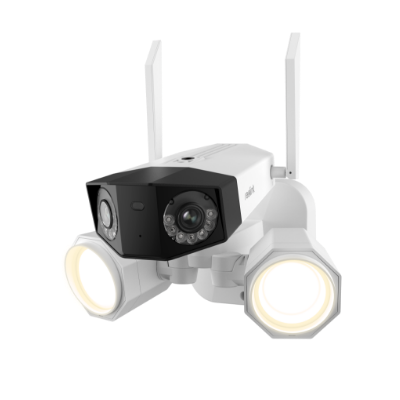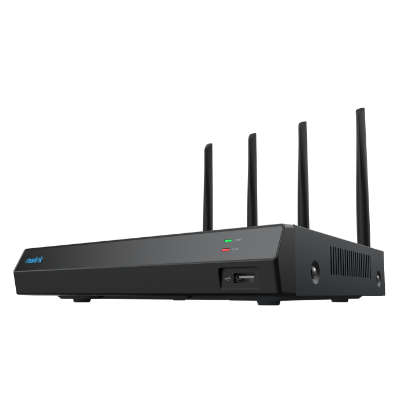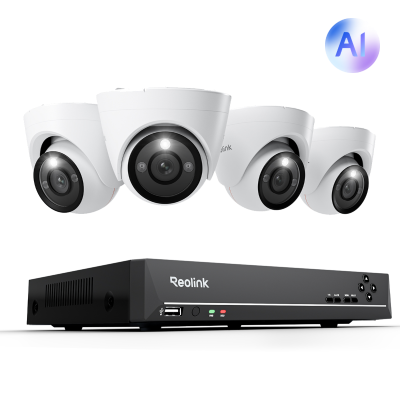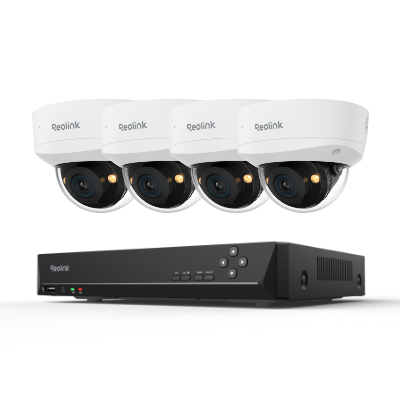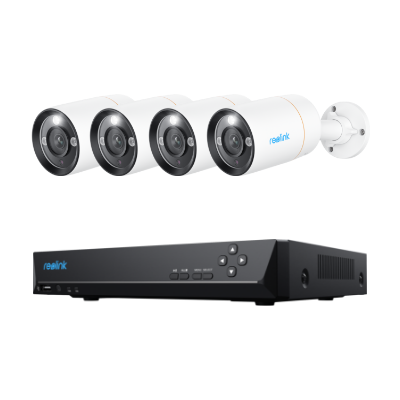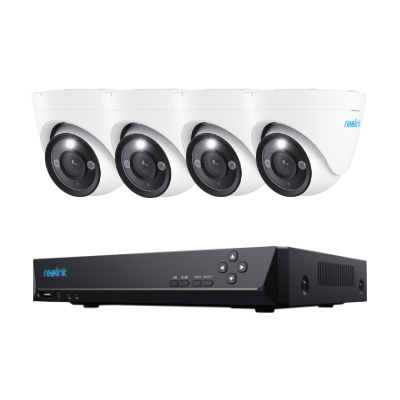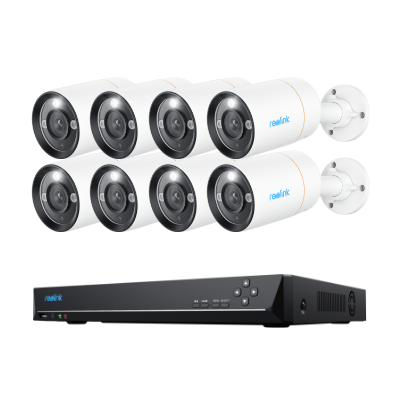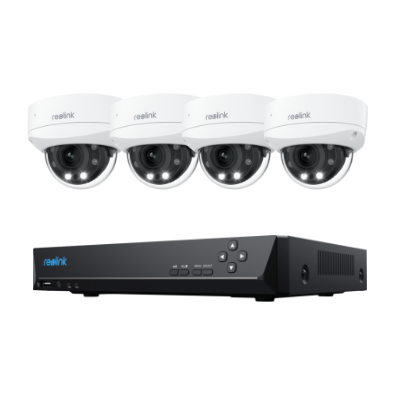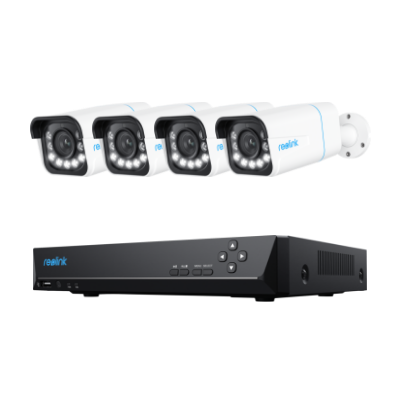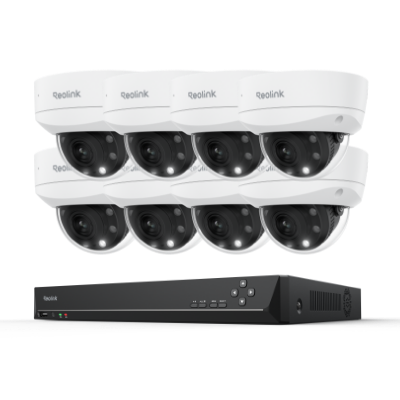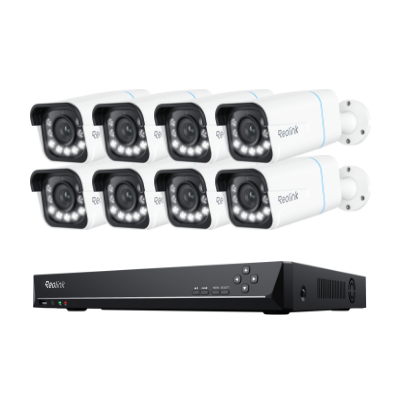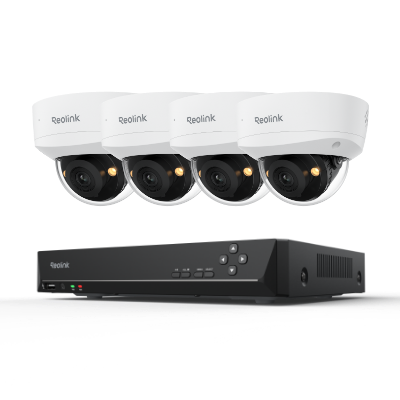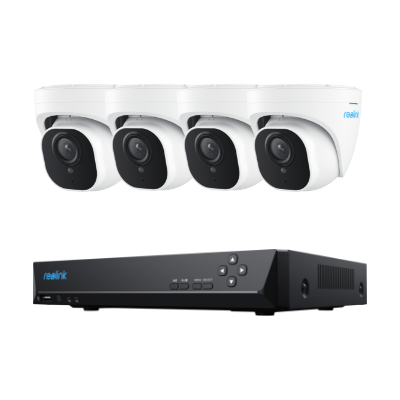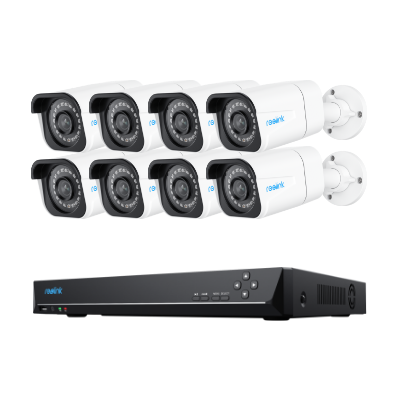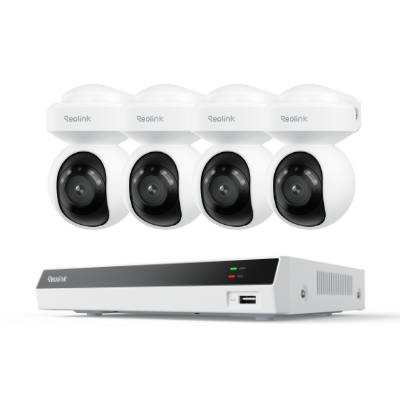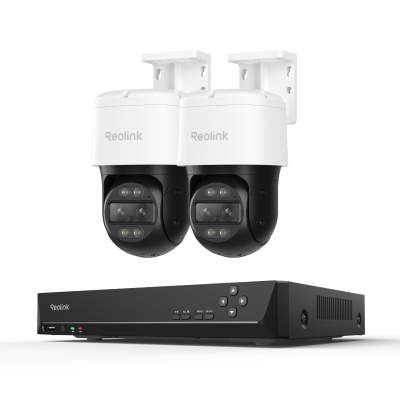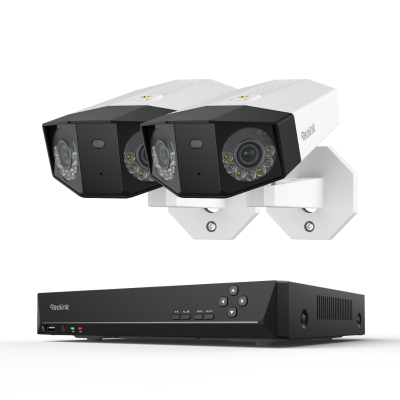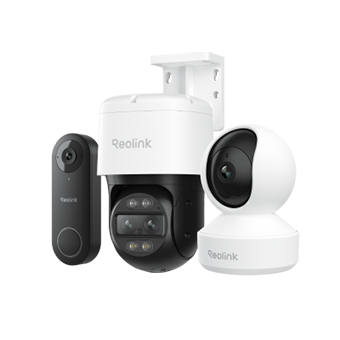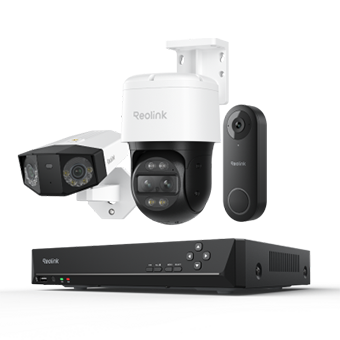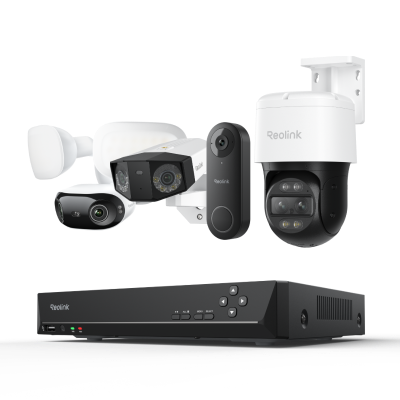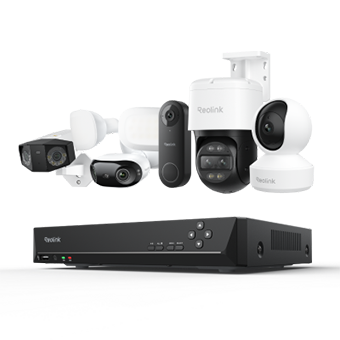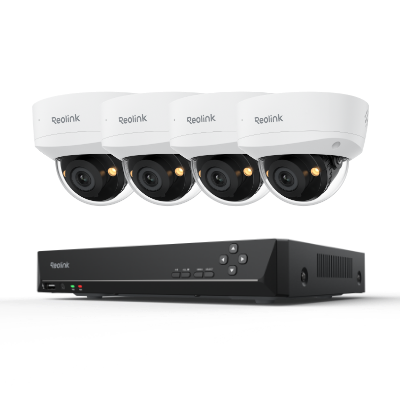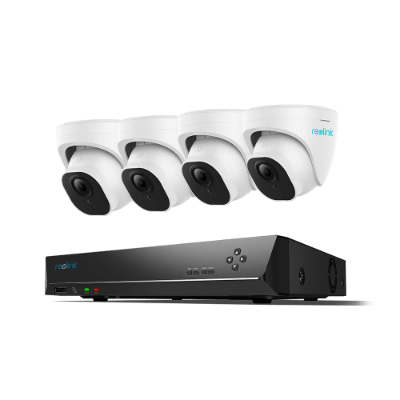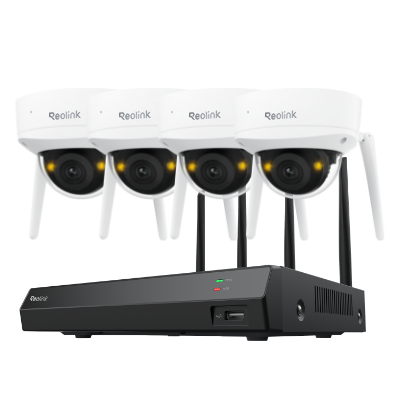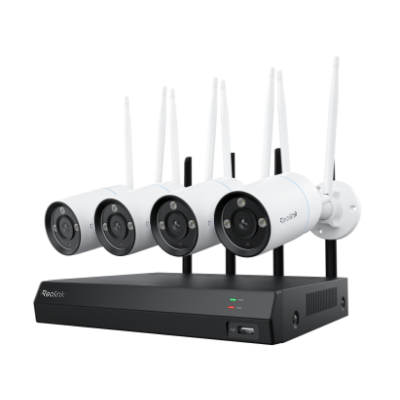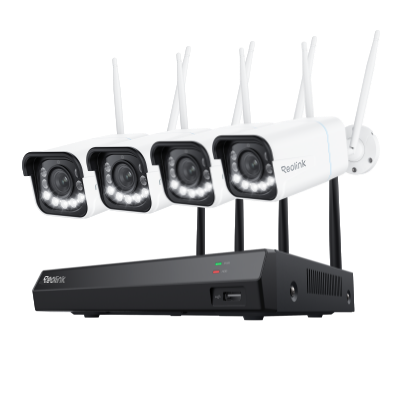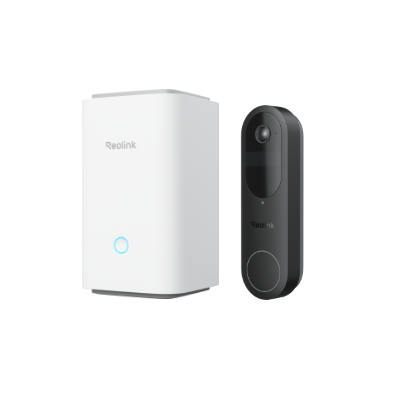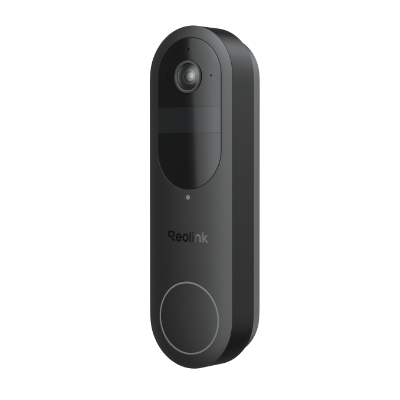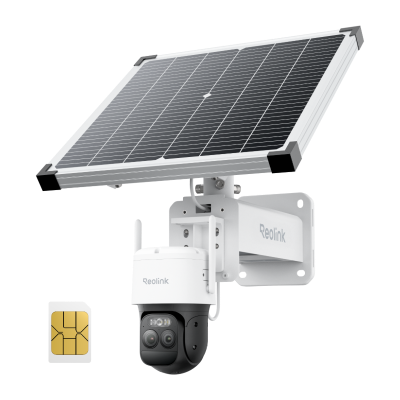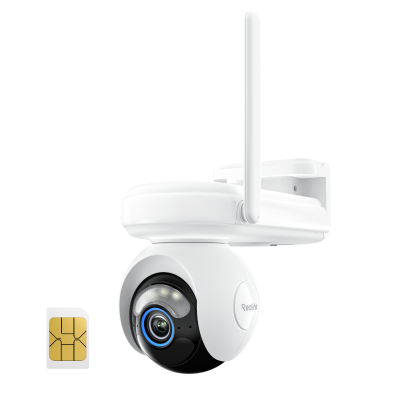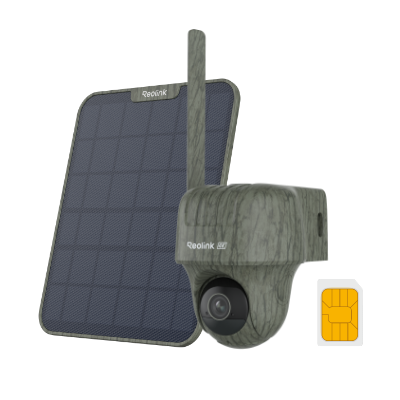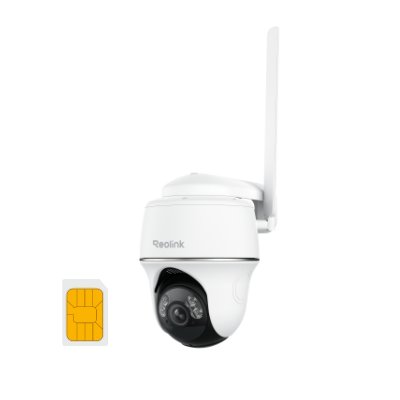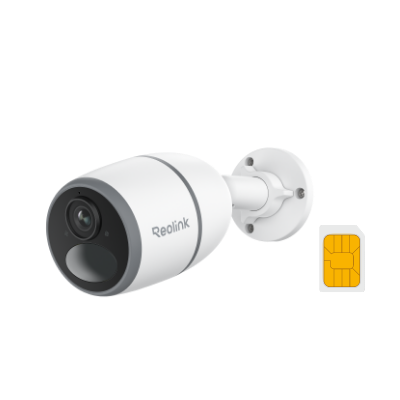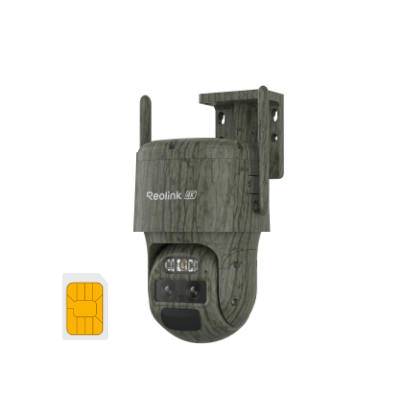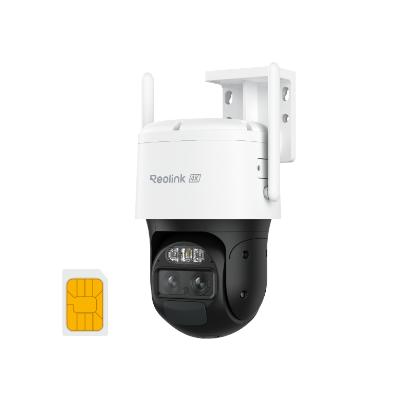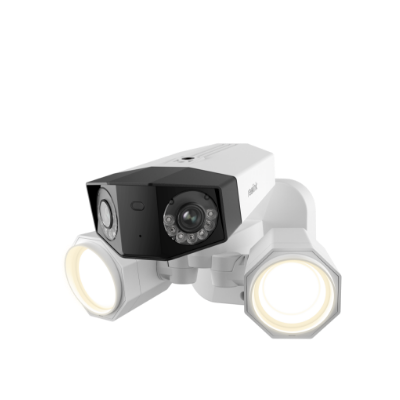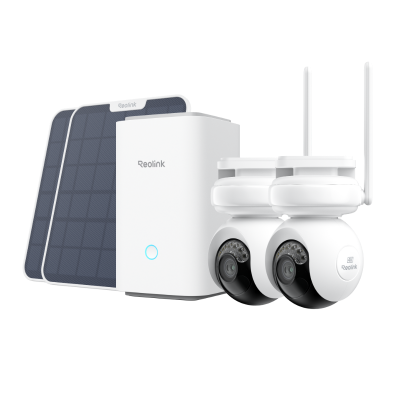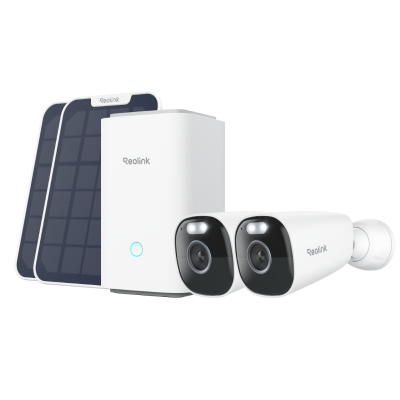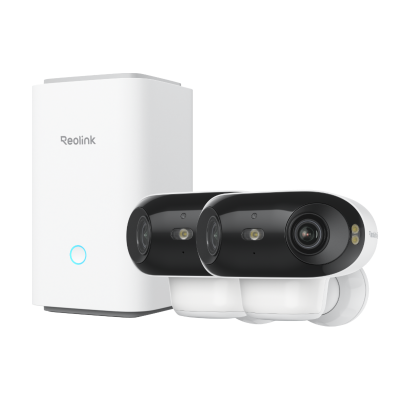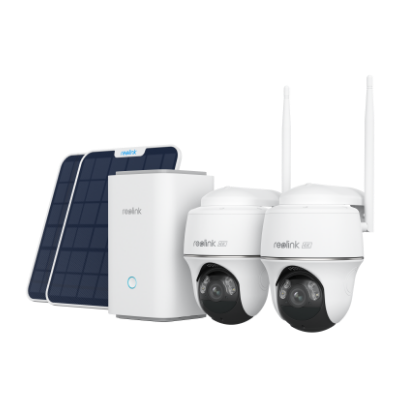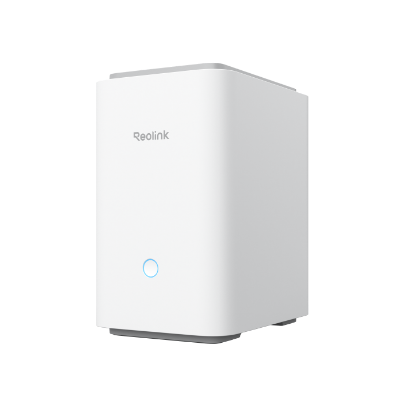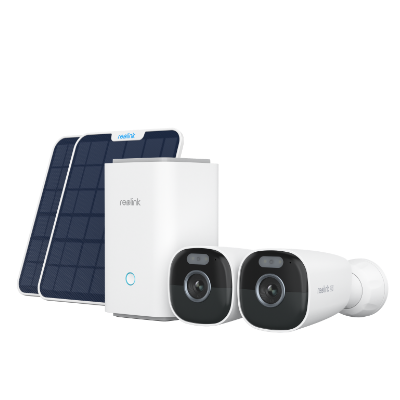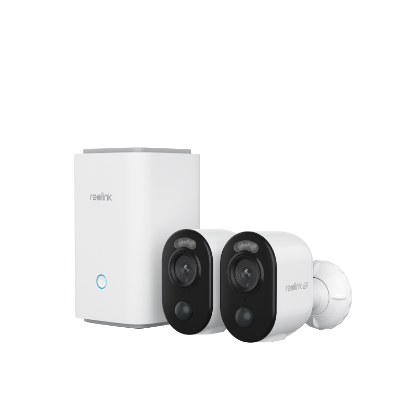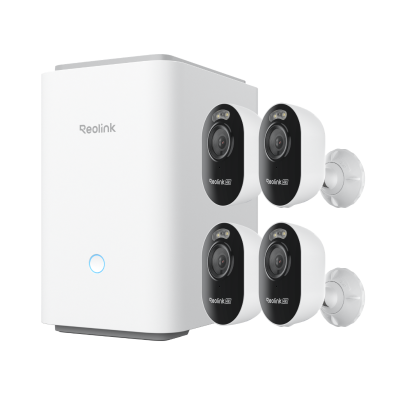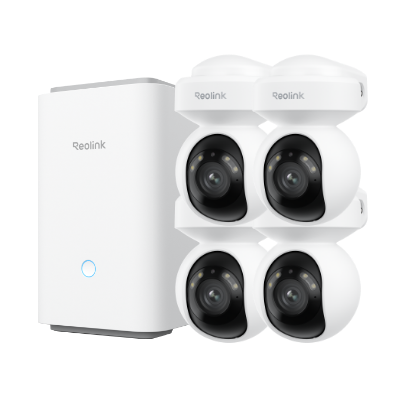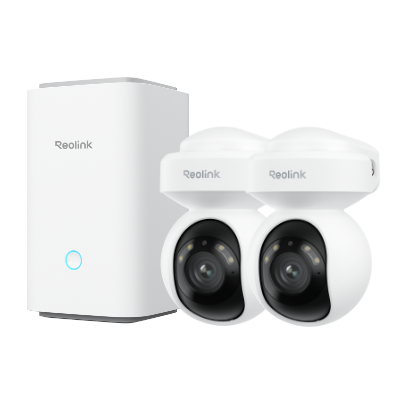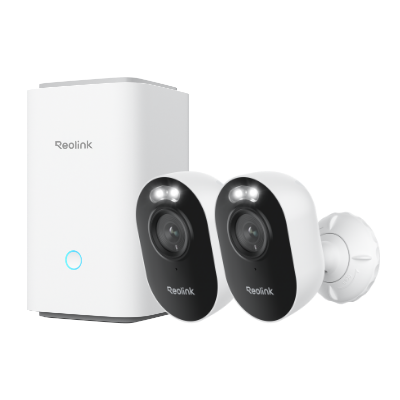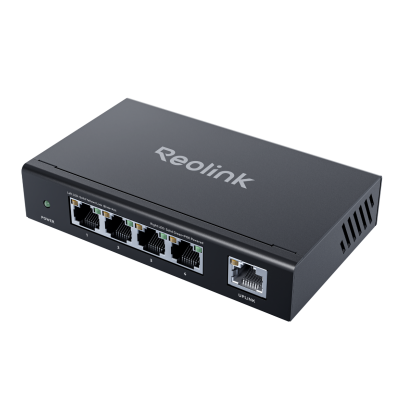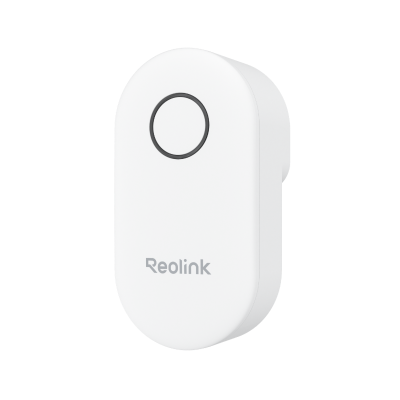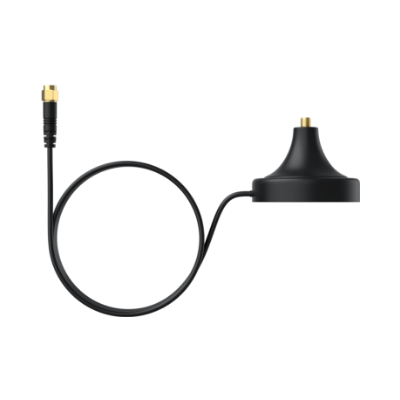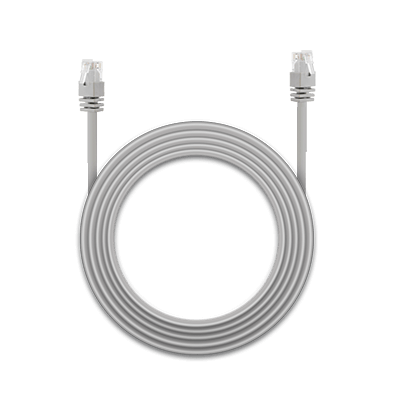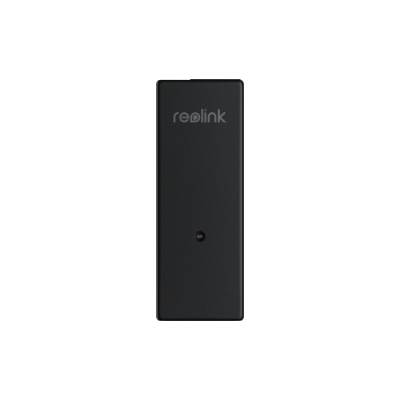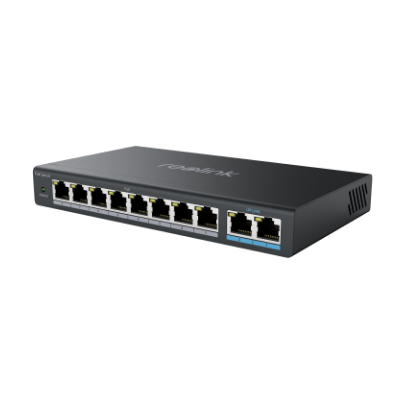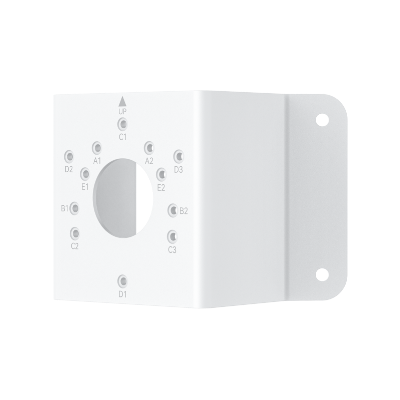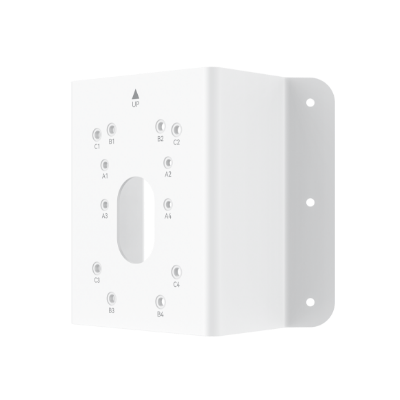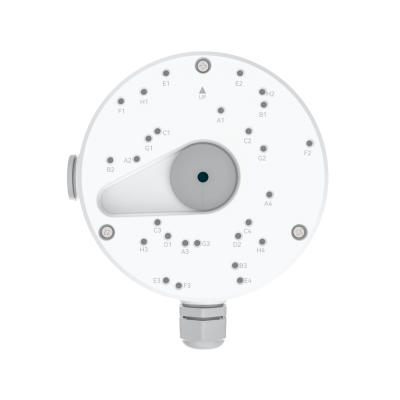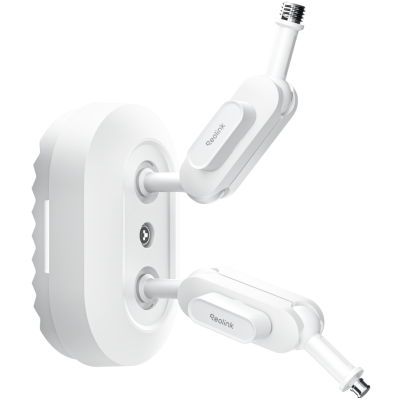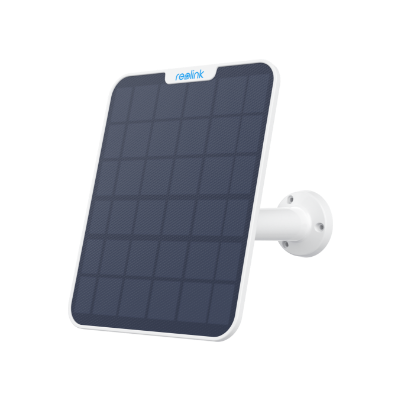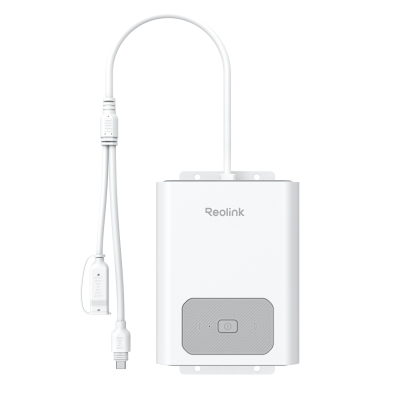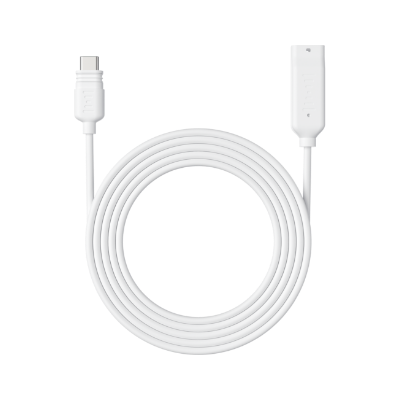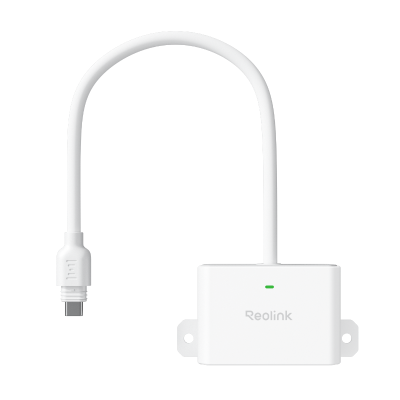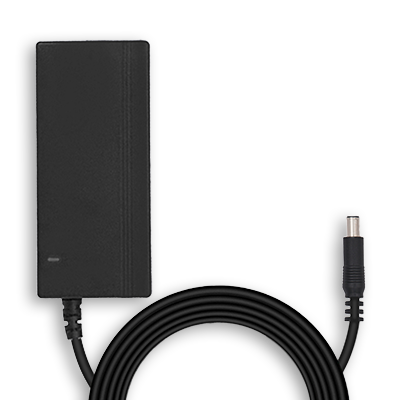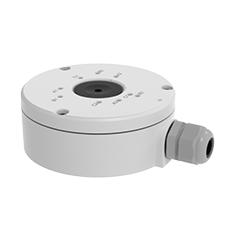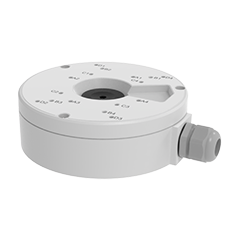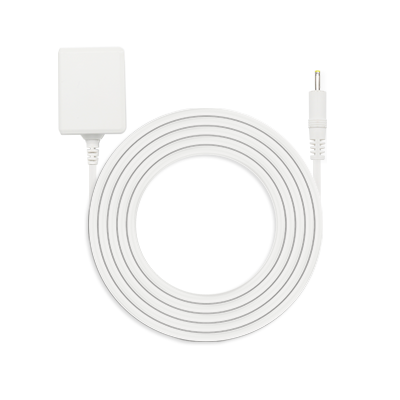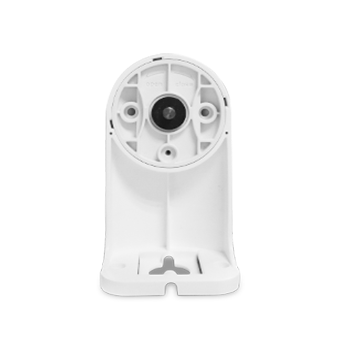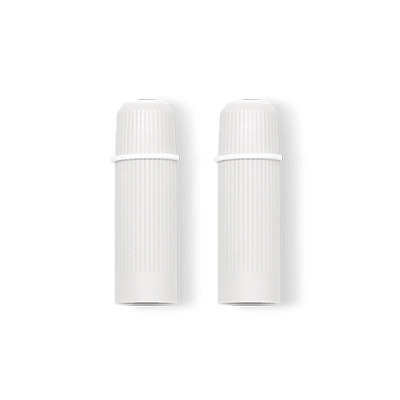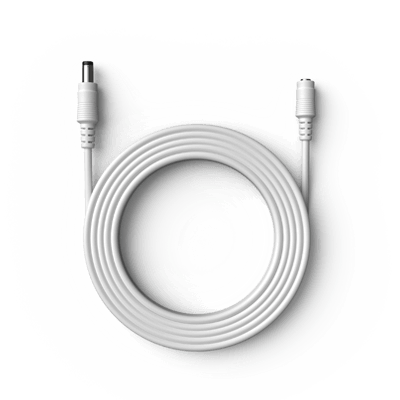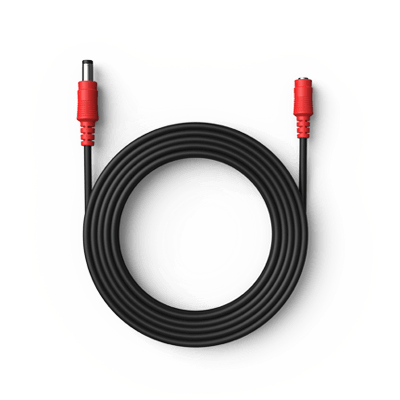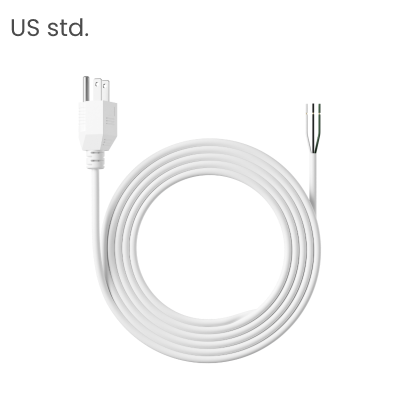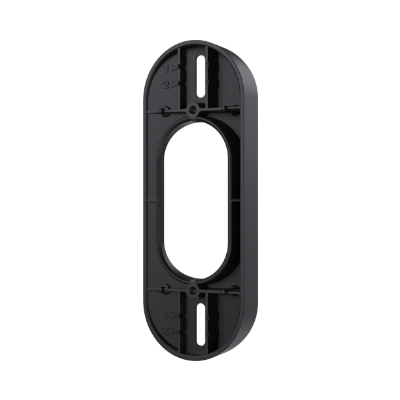Crop Sensor vs. Full Frame: What's the Difference?
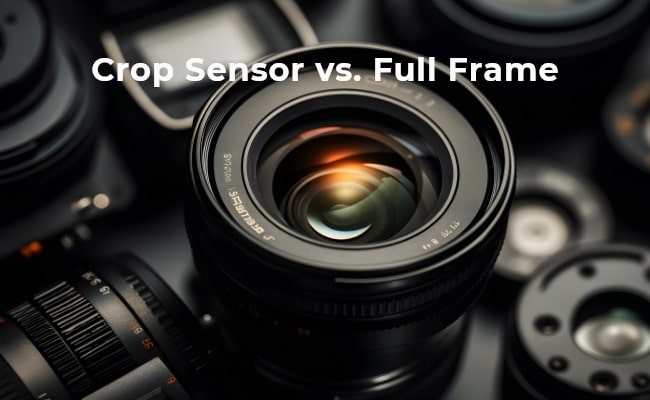
Full frame and crop sensor cameras have been a reason for controversy among photographers for a long time. It can be hard to choose a right sensor size in today’s market when there are so many different options available.
This article will explain the main advantages and disadvantages and will highlight the differences between these two types of sensors in the photographs.
Note: If you need a small sensor security camera, Reolink Argus 4 Pro is an excellent choice.
4k 180° Wire-free Color Night Vision Camera
4K UHD 180° Blindspot-free View; Color Vision Day and Night; 30% More Battery Life; Dual-band Wi-Fi 6; Smart detection.
Full Frame and Crop Sensor Explained
What is a Full-Frame Camera?
A full-frame camera has a sensor that is as large as 35mm film which is about 36mm x 24mm. This is unlike smaller sensors which holds less information or light. Full-frame sensors feature a wider field of view, have a higher noise capacity at higher ISO values and they produce a better dynamic range.
What is a Crop-Sensor Camera?
A crop sensor camera has smaller imaging area of the sensor than a full-frame camera sensor. For example cameras made for APS-C sensor size have sensors that are approximately 24mm x 16mm. This means that these smaller sensors produce a cropped field of view in relation to the total field of view compared to other cameras.
Crop Sensor vs. Full Frame: Key Differences
The most significant difference between full frame and crop sensor is their physical size: full frame sensors are 36mm wide while crop sensors are smaller, around 24mm wide. And they also differ in the following aspects:
Sensor Size
As mentioned above, full-frame sensors are 36mm wide while cropped ones are smaller, around 24mm wide for APS-C size sensors. The larger surface area allows cameras qith full-format sensors to capture more light.
Field of View
Due to the smaller sensor size, cropped sensors have a narrower field of view compared to full frame image sensor. This cropped view makes it look like the lens has a longer focal length. For example, a 50mm lens on a large-format sensor has a field of view of around 46 degrees. Put that same 50mm lens on a crop sensor body, and the field of view becomes more like 30 degrees.
ISO Performance
In general, full frame sensors have better ISO performance and can capture cleaner images at higher ISOs with less noise. This has to do with the larger "pixel buckets" on large-frame sensors that can gather more light. Better ISO capabilities give such sensor an advantage for low light photography.
Depth of Field
The differences in sensor size also impacts depth of field. For equivalent field of views, full-frame CMOS sensor camera will have shallower depth of field compared to crop model. This allows more background blur and subject isolation.
Cost and Price
Another major consideration between crop and full frame is cost. Full-frame camera bodies and lenses tend to be more expensive since they require larger glass elements and materials to produce. Expect to pay around $1000+ more for an entry level full-frame versus a comparable cropped sensor model.
Camera Size
The increased sensor size means camera bodies have larger physical dimensions. They can be heavier too. However, crop-sensor cameras have come a long way in performance while maintaining smaller form factors. Consider how much size and weight matters for your needs.
Resolution and Detail
Today's cameras with crop sensors offer impressive resolutions that meet or exceed large-frame models. However, the larger sensor size of full frame can still provide advantages for resolution and capturing fine details, especially when coupled with high megapixel counts.
Full Frame Sensor vs. Crop Sensor: Comparison Table
Here is a quick comparison of these two sensors:
Full Frame vs. Crop Sensor Camera: Pros & Cons
Now, let's explore the specific benefits and drawbacks of crop and full-frame sensor images.
Full Frame Sensor: Pros and Cons
Pros:
- Wider field of view
- Better low light performance
- Shallower depth of field for more background blur
- High resolution potential
Cons:
- More expensive (cameras and lenses)
- Larger and heavier gear
- Not as much "reach" for wildlife
Crop Sensor: Pros and Cons
Pros:
- Less expensive
- Smaller and lighter camera bodies
- More "reach" for shooting wildlife
- Many good, affordable lens options
Cons:
- Narrower field of view
- Not as good in low light
- Less background blur from deeper depth of field
- Still good but lower resolution potential
Which Sensor Size is Right for You, Crop or Full Frame?
With the key differences covered, which camera sensor size is best for your needs? Here are some things to consider:
Go with cameras with full-frame sensors if you want the absolute best in image quality, have a bigger budget, shoot in low light often, or want lots of background blur in portraits. Landscape and architectural photographers also gravitate towards large frame.
Go with cropped sensor if you want something smaller and lighter, don't want to spend thousands more for gear, shoot wildlife or sports often and need the extra "reach," or are just starting photography and want room to grow skills before upgrading.
It also depends which lenses you plan to use. The good news is both sensor sizes have fantastic cameras and lenses available. Think about your budget, photography interests, and gear considerations.
Bonus Tips: How to Take Best Pictures with Your Camera
To maximize image quality from your camera, keep these tips in mind:
- Invest in full-frame camera if budget is enough. While not essential for all photographers, full frame provides advantages in IQ.
- Pay attention to lighting conditions. Proper lighting makes a huge impact on exposure and color rendering.
- Use manual mode when conditions permit to take control over shutter speed and aperture.
- Use RAW format for higher quality images with more flexibility in post-processing.
Following photography fundamentals like understanding light, composition, and getting familiar with your gear's manual controls will all help boost your photographic abilities.
FAQs
Is full frame better than crop sensor?
In general, full frame cameras provide better image quality and low light performance compared to crop sensor models. However, crop sensor cameras have come a long way and offer great quality in smaller, lighter, and more affordable packages.
Is a crop sensor better for wildlife?
The narrower field of view and extra "reach" can benefit wildlife photographers. You'll get closer-looking photos making it easier to fill the frame with small, distant animals.
Do I really need a full-frame sensor?
You can take fantastic photos with both crop and full frame cameras. Full frame excels for field of view, low light, resolution, and blurry backgrounds. But for many photographers, crop sensor is more than enough. Consider your budget and what you like to shoot before deciding.
Conclusion
Full frame and crop sensor cameras both have their merits. Sensor size impacts field of view, low light performance, depth of field, resolution potential, camera size/weight, and price.
Consider your budget, gear needs, and the types of photography you want to focus on as you decide between crop and full frame. With practice and mastery of exposure, you can capture stunning images with either format.
Search
Subscribe for the Latest Updates
Security insights & offers right into your inbox

